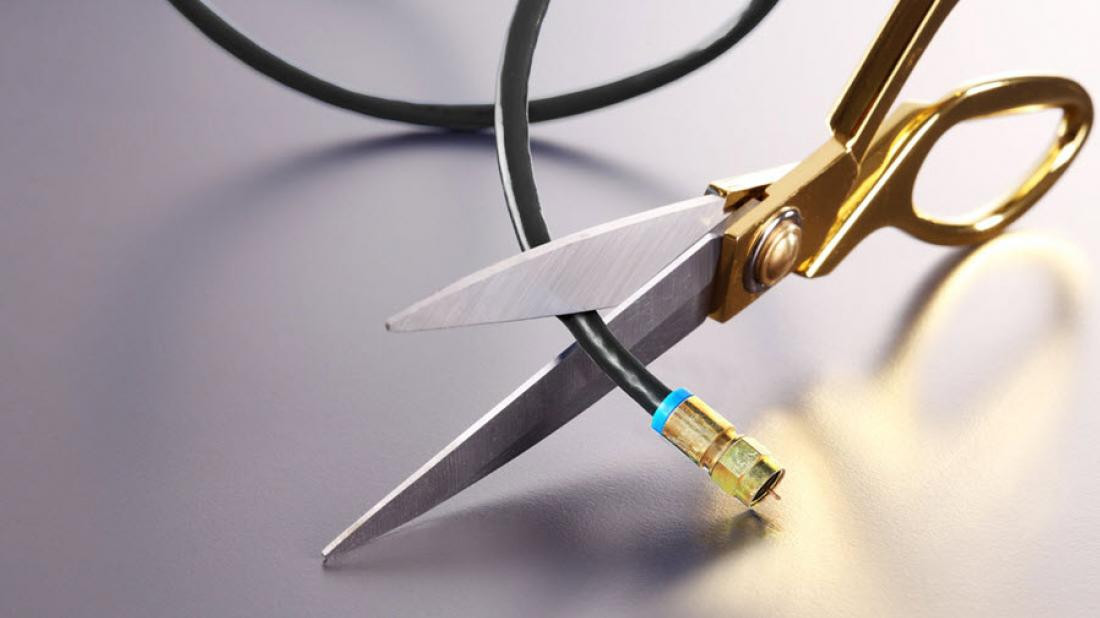Wall Street: FiOS Could Take Years to Break Even
Telcos like Verizon and SBC are at a distinct disadvantage when it comes to leveling the playing field and providing traditional cable (and DBS) with some serious competition, according to a few financial publications and at least one analyst firm.
And in the face-off for telcos striving to provide more TV services, as opposed, conversely, to cable providing more phone services, cable is projected to win that duel, mostly because cable's infrastructure is already in place. (Whether this type of comparison of cross-over services even matters in the long run is an open question.)
By the end of 2007, about 12 percent of residential consumers will buy phone service from cable firms (it's around 4 percent now), according to Convergence Consulting Group. Over the same period, says the forecast, telcos will have signed up only about 2 percent of its FiOS TV subs. That's far below the 20-25 percent share that telcos will need in order to make money on the service, according to consultancy A.T. Kearney, speaking with BusinessWeek.
These and other reports seem to conclude that telco TV providers might not break even for more than a decade. Verizon and its competitors are now spending untold billions laying fiber-optics. Then, some analysts point out, there's the often-considerable costs or trade-offs associated with program content acquisition, and with heavy promotion (as well as consumer-educating) of a completely new product. Verizon reportedly has gone as far as to hire door-to-door pitchmen to push FiOS, much the same way their long-ago predecessors sold vacuum cleaners.
Verizon and SBC will offer an increasing amount of HD channels, HD DVR options, and HD VOD services, as part of their mixed bags of DTV options. But so will cable.
The professional video industry's #1 source for news, trends and product and tech information. Sign up below.
